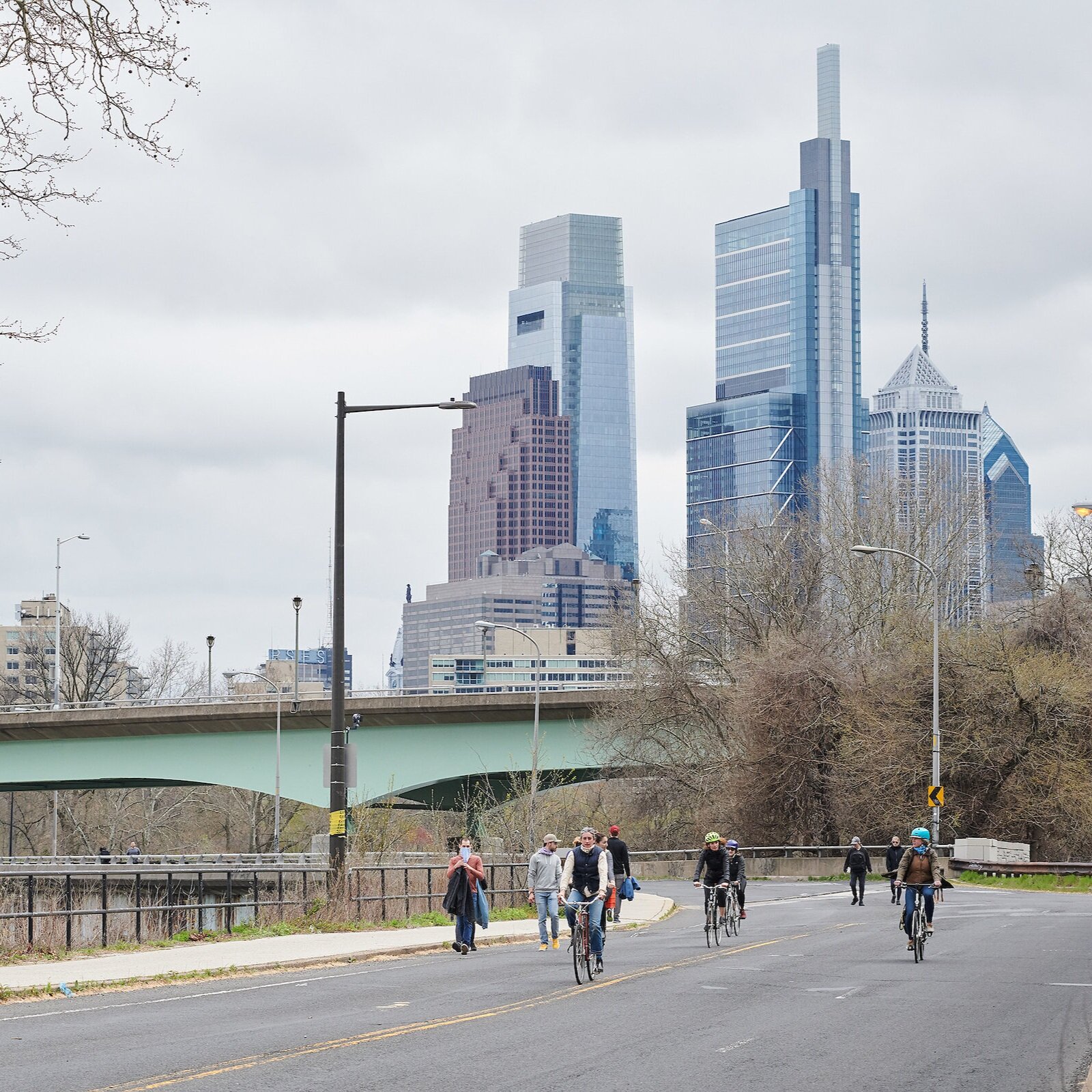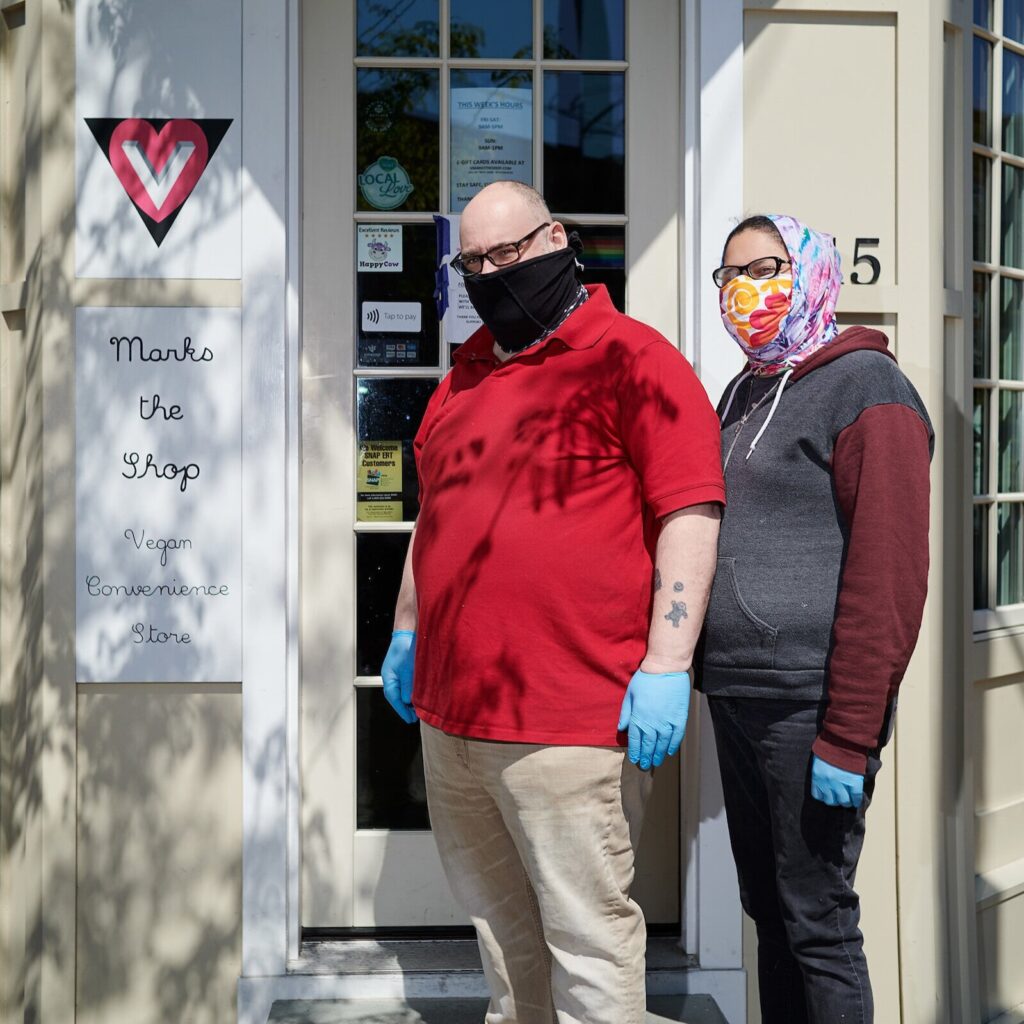I had low expectations for the fungus walk that the Philadelphia Mycology Club hosted last year in April. I showed up as part of the City Nature Challenge, an international urban citizen science event that connects people to nature while documenting urban biodiversity. I sit on the Challenge’s local organizing committee, and while we welcomed events from any nature-oriented group, I was skeptical that anyone would come to the steps of the Philadelphia Museum of Art to look at mushrooms.
Fifteen people showed up, proving me wrong. Bethany Teigen, founder and co-organizer of the Philadelphia Mycology Club (Mycology is the study of fungi) led the attendees to explore around Boathouse Row “as an attempt to show people you don’t have to go to the woods to find mushrooms,” she says. “You can find them in your backyard, you can find them in the mulch pile behind the bank. You can find them all over the place.”

Apparently, you can find mushroom enthusiasts all over the place, too. The club, which Teigen founded in late 2018, has more than 1,400 followers on its Facebook page and hosts weekly mushroom walks. When it’s too cold to do a walk, they shift to fungus-themed craft nights.
“That was my first activity with them,” says East Falls mushroom enthusiast Julie Margulies. “I made flower ornaments out of shelf fungi [relatively flat varieties that tend to grow out from tree bark].”
“You just stick a skewer in them and you have something to go in your flower arrangement,” she says.
When Teigen started the club, her goal was to learn about mushrooms rather than teach people about them. She moved to Philadelphia from Gainesville, Florida, in 2015 and found work as a dog walker.
“I wanted to try to have some kind of relationship with nature, so I originally tried to identify plants around me while I walked dogs,” she says. “Eventually, I stumbled upon some mushrooms.”
Though Teigen found online communities of mushroom lovers who could help her identify her finds, there was nothing local.
“I thought that obviously people do it around here. I just don’t know them. If there were a club I could make them all come out of the woodwork and teach me,” says Teigen.
Margulies had been waiting to emerge from the woodwork to learn from other local fungus enthusiasts.
“Ten years ago I started to learn about mushrooms, but I got very frustrated because there was nothing in Philadelphia back then,” she explains. “Now I’m getting back into mushrooms since there are many extremely knowledgeable people in the mycology club.”
Rita Berson, a university academic advisor who lives in Cheltenham, discovered the club at a fungus-themed event at Bartram’s Garden in March 2019.
“I started going on hikes,” recalls Berson, who describes herself as a naturalist with a general interest in biodiversity. “I like that the group is not just science geeks. There are a lot of people just like me who are interested in biodiversity. But when we get together, we all learn from each other.”
I met up with Teigen at Bartram’s Garden in early April to talk fungi. The original plan had been to join a club mushroom walk, but they had canceled all walks in light of the COVID-19 pandemic. Instead, Teigen and I conversed from either end of an approximately six-foot-long fallen log whose bark was covered with the small orange fans of false turkey tail and patches of white brittle cinder fungus. At my end of the log, we found a black fungus called carbon balls, looking like it had boiled out from under the bark.
We then explored a much larger downed tree and added a few more species to the day’s list, including split gills: white mushrooms with a bewilderingly complex system of reproductive sexes that can yield nearly 23,000 mating combinations.
Although we focused on what we could spot on the surfaces of the logs, the real action was happening inside the wood.
“The actual fungus itself is a lot of tiny tendrils, kind of like a cobweb,” explains Teigen, “and they’re inside the log, eating the log. When they want to produce spores in order to reproduce, they create a fruit, a mushroom.”
While the fungi we were finding make their living decomposing wood, others, such as the fly agaric (which appears above ground as a red-capped toadstool) grow in concert with living plants. They form vast “mycorrhizal” networks in the soil that exchange nutrients with plant roots and can connect trees to each other across the forest. Even when they’re out of sight, the fungi are hard at work beneath our feet.
Margulies notes the ease of learning about fungi compared to studying faster wildlife like birds.
“The first time I went snorkeling I was amazed at all the wildlife in front of me,” she says. “Mushrooms are similar. They’re everywhere, they don’t move, and they’re crazy interesting.”









